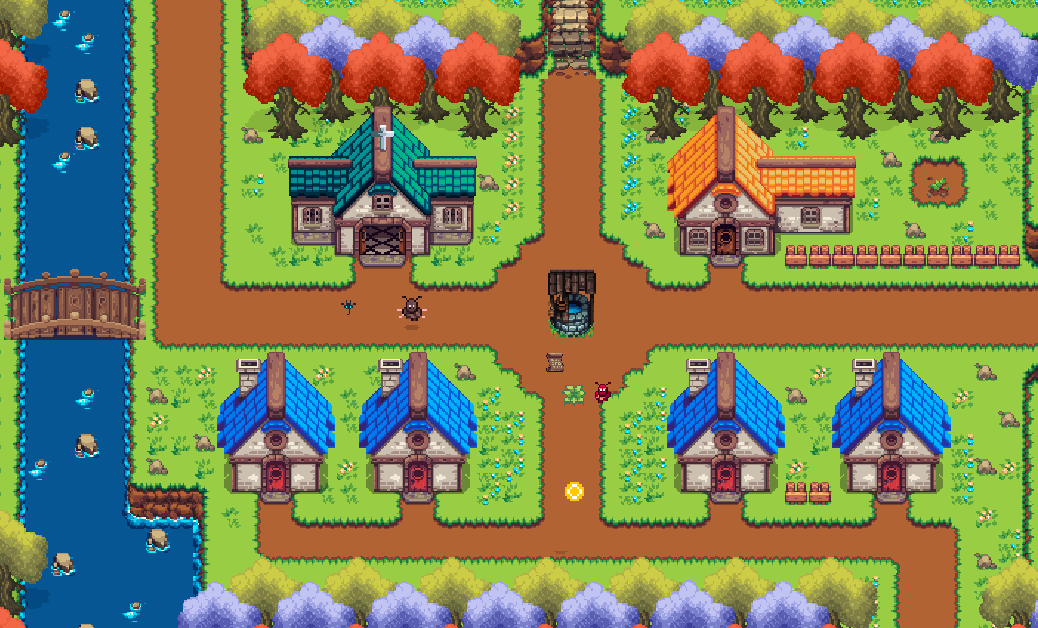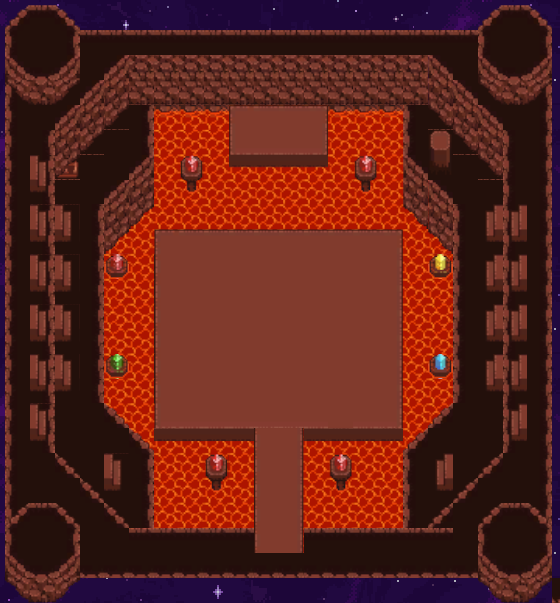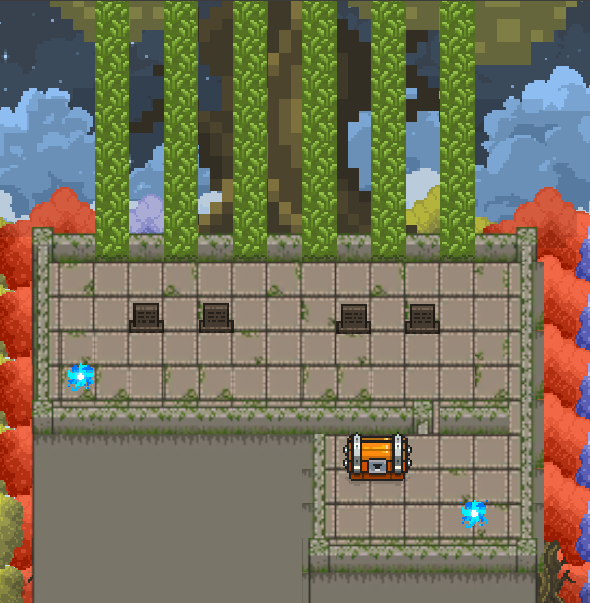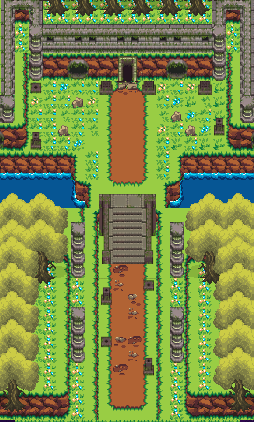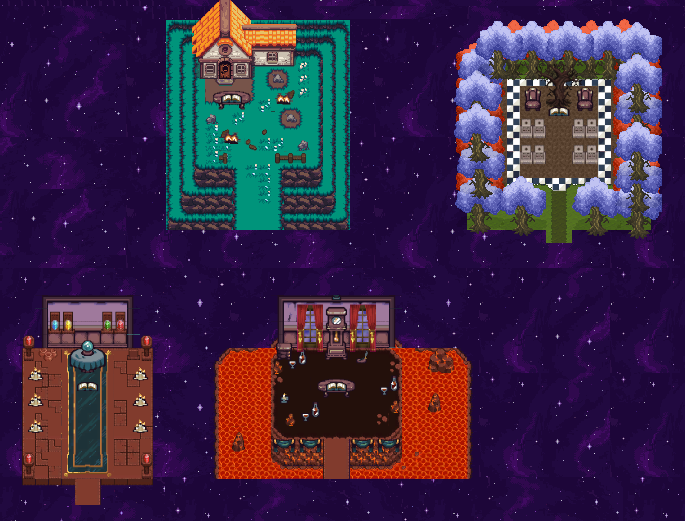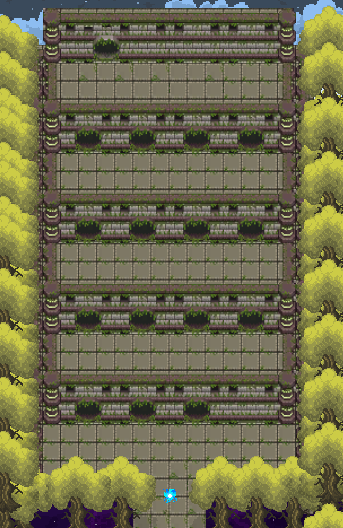LEVEL DESIGNER
ABOUT
Description
Endora’s family has been cursed by the evil witch, Rowena!
Make potions using materials to help her delve into dungeons filled with puzzles and monsters to find the cure for the curse!
Will you be able to help Endora turn her family back to normal?
Genre
2D Action - Adventure
Year
2024
Developer
Zygobot Studios
Role Description
Using Unity 2D’s Tilemap system, designed the layouts of all of the hub areas and their interiors, the outside parts of the dungeons, the “Journal Rooms” that can be found inside the dungeons, the opening cutscene room, and the ending cutscene room. Populated them using free assets.
Designed the puzzle mechanics for each dungeon and the puzzle rooms that the puzzles are contained in.
GALLERY
METHODOLOGY
Endora’s Cursed Family was my first intern project where I had a hand in level design. Specifically, I was tasked with making the hub areas, puzzle rooms, and collectable page rooms. I created a total of around 19 screens used for the game and created around 16 puzzles, only 8 being used. It was also my first time designing a top-down POV game and first time using Unity’s 2D engine and tileset system.
My process for these was relatively simple. I started with the 2 hub areas and their interiors and, using an asset pack, made a tiny village with 4 paths going to the 4 dungeons. The village had a merchant and a fortune teller. Originally, the interiors were pretty similar, but I decided to remake the fortune teller room to better fit the theme. I used a lot of layering to create depth within the backgrounds of the game in the trees.
As for the dungeons, these were a lot easier to do. Each had an entrance leading up to the dungeon itself and an indoor room that was a foyer before descending further into the dungeon. I used that formula for all 4 dungeons.
The collectable rooms were also relatively simple. I themed each room around the combination of the dungeon’s element and a witch’s hut. Each had a book in them, containing a collectable page. This was all possible thanks to the game’s witch and magic aesthetic, allowing me to be more out there with the designs of the rooms
The puzzle rooms were the trickiest, but luckily, the mechanics were all worked out before I was able to get to designing the puzzle rooms, so I was able to place the mechanics in the rooms easily and toyed around with the puzzle layouts. Granted, most of the puzzle design was laid out in the puzzle document I had made beforehand; it was designing the room this puzzle was contained in that was the challenge.
One notable challenge amidst all of this is that most top-down games usually have the camera facing the player at an angle, meaning I had to design all of the levels so that they would be readable at an angle instead of all angles. One problem where this arose was creating the cliffs and valleys in the village as the tileset didn’t include certain angles for the cliff assets, so I had to mask that flaw by introducing more plants and vegetation in those places.
Overall, using the Unity 2D systems to make level design was a worthwhile experience as I can now do top-down level design without much issue. In the future, I would like to tackle a 2D platformer using the experience I gained from using Unity’s 2D Engine.



